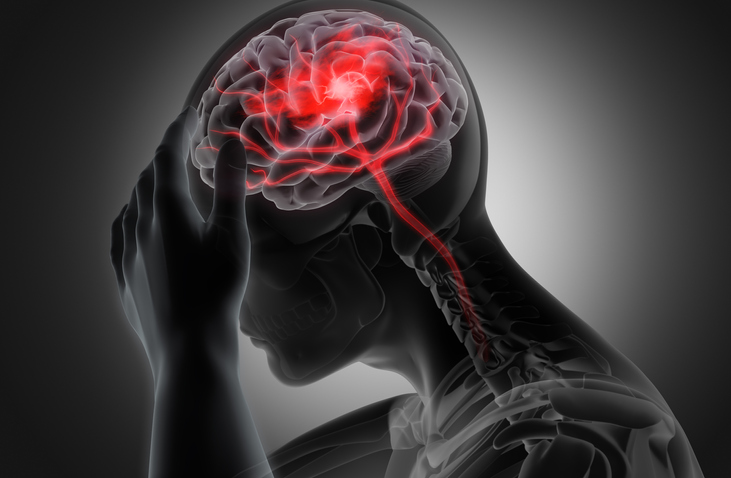Featuring Plumbing of the Heart; Good, Bad, and Clogged Pipes. Time to Call a Plumber? In an effort to increase heart health awareness, Nordonia Hills.News has been featuring weekly articles related to heart health. This week we will focus on the plumbing, as it relates to a stroke, and cholesterol’s role.
Prevention Is Key
Cholesterol is related to good plumbing, bad plumbing and whether you have anything stuck in the pipes. A nutrition instructor once explained cholesterol as moving through the pipes like a faucet that you run water through. Exercise keeps moving cholesterol around through the body, but if you stop exercising, plaques and buildups of cholesterol can accumulate. This can create a blockage that cuts off blood flow to the rest of the body. Think of all of those pipes snaking throughout your home and what happens when one gets clogged. If an artery is plugged up with plaque, partially or completely, bleeding, or clots, it can cause a stroke.
High Density Lipoprotein (HDL) is the good cholesterol that is absorbed into the blood and taken back to the liver. Low Density Lipoprotein (LDL) is the bad cholesterol and the body has more of it in comparison to HDL. Having higher LDL levels increase heart disease and stroke risks. Decreasing consumption of saturated fats can help lower LDL levels, also increasing fiber through grains, fruits and vegetables. Both HDL and LDL levels are measured through annual blood tests performed by your physician, as part of a complete medical physical.
According to the CDC, “a stroke happens because of a blocked or ruptured artery. A stroke occurs when something blocks blood supply to any part of the brain or when a blood vessel in the brain bursts. In either case, parts of the brain become damaged or die”.
KNOW THE SIGNS OF A STROKE
Strokes can happen abruptly and unexpectedly, thus knowing the signs of a stroke and getting prompt treatment can sometimes reverse the symptoms, which can become permanent if left untreated.
SIGNS:
- Difficulty speaking (slurring), and/or understanding others when they speak.
- Sudden numbness, weakness, or paralysis of the face, arm or leg.
- Vision issues in one or both eyes, seeing double, blurring, etc.
- Severe headache, and/or paired with confusion, dizziness, vomiting
- Difficulty walking and/or dizziness
A mnemonic was developed to aid in helping assess a friend, relative, or passerby for a stroke; called FAST. It is a series of quick questions and activities you ask the person to perform, in order to determine if they are experiencing a stroke. The FAST table can be seen below, and can be cut out to keep handy as a good reference. If someone is experiencing some or all of the symptoms listed below, dial 911.
FAST:
F -Face, ask them to smile. Observe whether both sides of their lips are raised or if one droops.
A-Arms, ask them to raise both of their arms above their head.
S-Speech, ask them to repeat a simple phrase.
T-Time, if you observe any of these signs, call 911 immediately. Do Not Wait for symptoms to stop. Timing can make a difference in having a lasting disability.
Medicines given early and timely can decrease or reverse permanent symptoms.
LEADING CAUSES OF STROKE
With it being the new year many people have goals they’ve set for themselves, often related to weight loss. Many of the leading causes of stroke is being overweight, so there’s no better time to stay devoted to that New Year’s resolution that was set last month. High blood pressure, high cholesterol, smoking, obesity, obstructive sleep apnea, Covid-19 and diabetes are leading causes of stroke. “One in 3 U.S. adults has at least one of these conditions or habits”, says the CDC.
There are many causes of stroke but not all can be prevented. Strokes occasionally happen for unknown reasons, and to perfectly healthy individuals without risk factors. Knowing the signs and symptoms of a stroke are important for everyone, no matter age, gender or lifestyle, and prompt response time is helpful to prevent permanent damage.






















